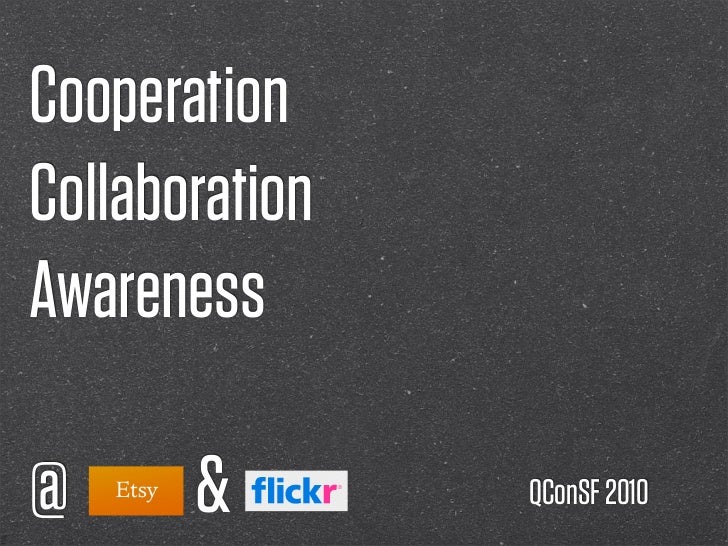- Ganglion Formation Within The Tibial Tunnel
- Ganglia Machine_type
- Ganglia For Macular Degeneration
- Ganglia Formation
It is one of the biggest advantage of owning an iOS device is that you can download applications and install them from sources other than Official/iTunes. But to be frank it was not possible. This will provide you with the latest version of Ganglia on any Debian based distro. Download latest sources from Ganglia git repository. Mac用のGanglia for Mac、3.7.2 ファイルサイズ: 1.30 MB 必要条件: Mac OS X; 言語: Japanese 利用可能な言語: Japanese, English, German, Spanish, French, Italian, Polish, Chinese; ライセンス: 無料 追加日: Friday, October 23rd 2015 著者: The Ganglia Development Team. Configure Ganglia for multiple clusters in Unicast mode.
When you start Windows, a Begin Logon dialog box prompts you to press CTRL+ALT+DEL to log on. By default, if you do not press a key for 15 minutes, the Windows logon screen saver (Logon.scr) starts. Change the logon screen saver Click Start, click Run, type regedt32, and click OK. Start screensaver with keyboard or desktop shortcut The original idea behind screensavers is that after a certain period of inactivity, the image on the screen would be replaced to prevent it from literally getting burned into the glass of the monitor. Screensaver starts while watching video.
Selecting 2 Responses: STN Self-Correction
Ganglion Formation Within The Tibial Tunnel
Ganglia Machine_type
In this spurious trial, the BG initially facilitates two responsessimultaneously, which is not a good thing when having to make choices! However, note that when these two responses are fully excited in premotor cortex, the additional response conflict drives a second STN Global NoGo signal; this leads to excitation of GPi and inhibition of the Thalamus. The lack of bottom-up support for both responses makes it easier for one to dominate and suppress the other (via lateral inhibition that is present in cortex), leading to the selection of just one response. At this point, the conflict in cortex goes down, and the STN Global NoGo signal turns off.

Incorporating Norepinephrine Function into the Model
This model explores the effects of norepinephrine (NE) in modulatingcortical response selection processes, as simulated by Aston-Jones,Cohen and colleagues (see Aston-Jones & Cohen, 2005, Annual Review ofNeuroscience). Like DA cells in the SNc, firing states of NE-releasingneurons in the locus coeruleus (LC) come in both tonic and phasicmodes. In electrophysiological recordings, LC cells release phasic NEbursts during periods of focused attention, infrequent targetdetection, and good task performance. This phasic NE burst is thoughtto reflect the outcome of the response selection process and serves tofacilitate response execution. In contrast, poor performance isaccompanied by a high tonic, but low phasic, state of LC firing. Theauthors simulated the effects of these LC modes on action selectionsuch that NE modulated the gain of the activation function in corticalresponse units (Usher et al, 1999). They showed that phasic NErelease leads to ``sharper' cortical representations and a tighterdistribution of reaction times, whereas the high tonic state wasassociated with noisy activity and more RT variability, as observed intheir empirical work with monkeys. They further hypothesized thatincreases in tonic NE during poor performance may be adaptive, in thatit may enable the representation of alternate competing corticalactions during exploration of new behaviors.
Ganglia For Macular Degeneration

Ganglion Formation Within The Tibial Tunnel
Ganglia Machine_type
In this spurious trial, the BG initially facilitates two responsessimultaneously, which is not a good thing when having to make choices! However, note that when these two responses are fully excited in premotor cortex, the additional response conflict drives a second STN Global NoGo signal; this leads to excitation of GPi and inhibition of the Thalamus. The lack of bottom-up support for both responses makes it easier for one to dominate and suppress the other (via lateral inhibition that is present in cortex), leading to the selection of just one response. At this point, the conflict in cortex goes down, and the STN Global NoGo signal turns off.
Incorporating Norepinephrine Function into the Model
This model explores the effects of norepinephrine (NE) in modulatingcortical response selection processes, as simulated by Aston-Jones,Cohen and colleagues (see Aston-Jones & Cohen, 2005, Annual Review ofNeuroscience). Like DA cells in the SNc, firing states of NE-releasingneurons in the locus coeruleus (LC) come in both tonic and phasicmodes. In electrophysiological recordings, LC cells release phasic NEbursts during periods of focused attention, infrequent targetdetection, and good task performance. This phasic NE burst is thoughtto reflect the outcome of the response selection process and serves tofacilitate response execution. In contrast, poor performance isaccompanied by a high tonic, but low phasic, state of LC firing. Theauthors simulated the effects of these LC modes on action selectionsuch that NE modulated the gain of the activation function in corticalresponse units (Usher et al, 1999). They showed that phasic NErelease leads to ``sharper' cortical representations and a tighterdistribution of reaction times, whereas the high tonic state wasassociated with noisy activity and more RT variability, as observed intheir empirical work with monkeys. They further hypothesized thatincreases in tonic NE during poor performance may be adaptive, in thatit may enable the representation of alternate competing corticalactions during exploration of new behaviors.
Ganglia For Macular Degeneration
Ganglia Formation
The below simulations explore how these effects play out withinthe context of the overall BG/DA action selection circuitry (see Frank, Scheres & Sherman (2007) and Frank,Santamaria, O'Reilly & Willcutt (2007) for simulation results,discussion, and implications for ADHD). We showed that (a) the tonicLC mode leads to increased representation of multiple corticalresponses, (b) more reaction time variability, and (c) more erratictrial-to-trial response switching. In the phasic LC mode, tonic LC firing is low but punctate phasicbursts are elicited via top-down excitatory projections from premotorcortex. In this manner stimulus-evoked premotor activity (which arisesfrom prior stimulus-response learning; see above) elicits a phasic LC burst, which in turnreciprocally modulates the gain of premotor units and facilitates theselection and execution of the desired response. These effects turnout to be especially critical in the presence of noisy corticalactivity. To explore effects of LC/NE on noisy premotor activity, wedelay the stimulus onset so that noisy activity is present in premotorcortex prior to processing of a task-relevant stimulus (as is likelythe case in natural environments, but is typically not simulated).

